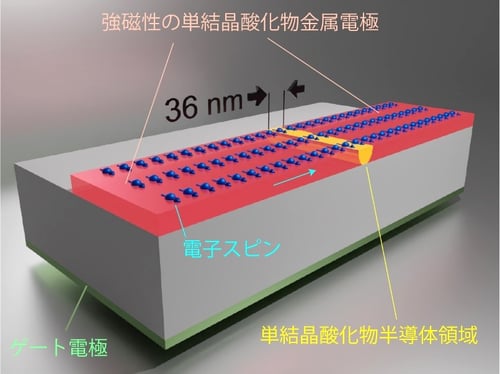2023-06-01 エディンバラ大学
◆エディンバラ大学の研究チームは、セミの羽における自己清浄の仕組みを観察しました。コンピュータシミュレーションにより、水滴と汚染物質の引力によって汚染物質が除去されることが明らかになりました。この研究は、表面の除染や将来の電子機器やバイオセンサーの設計に役立つ重要な知見を提供しています。
<関連情報>
- https://www.ed.ac.uk/news/2023/insect-wings-could-inspire-new-self-cleaning-techn
- https://pubs.acs.org/doi/10.1021/acs.nanolett.3c00257
自然のセルフクリーニングの表面から汚染物質を取り除く Contaminant Removal from Nature’s Self-Cleaning Surfaces
Sreehari Perumanath, Rohit Pillai and Matthew K. Borg
Nano Letters Published:May 8, 2023
DOI:https://doi.org/10.1021/acs.nanolett.3c00257

Abstract
Many organisms in nature have evolved superhydrophobic surfaces that leverage water droplets to clean themselves. While this ubiquitous self-cleaning process has substantial industrial promise, experiments have so far been unable to comprehend the underlying physics. With the aid of molecular simulations, here we rationalize and theoretically explain self-cleaning mechanisms by resolving the complex interplay between particle–droplet and particle–surface interactions, which originate at the nanoscale. We present a universal phase diagram that consolidates (a) observations from previous surface self-cleaning experiments conducted at micro-to-millimeter length scales and (b) our nanoscale particle–droplet simulations. Counterintuitively, our analysis shows that an upper limit for the radius of the droplet exists to remove contaminants of a particular size. We are now able to predict when and how particles of varying scale (from nano-to-micrometer) and adhesive strengths are removed from superhydrophobic surfaces.



